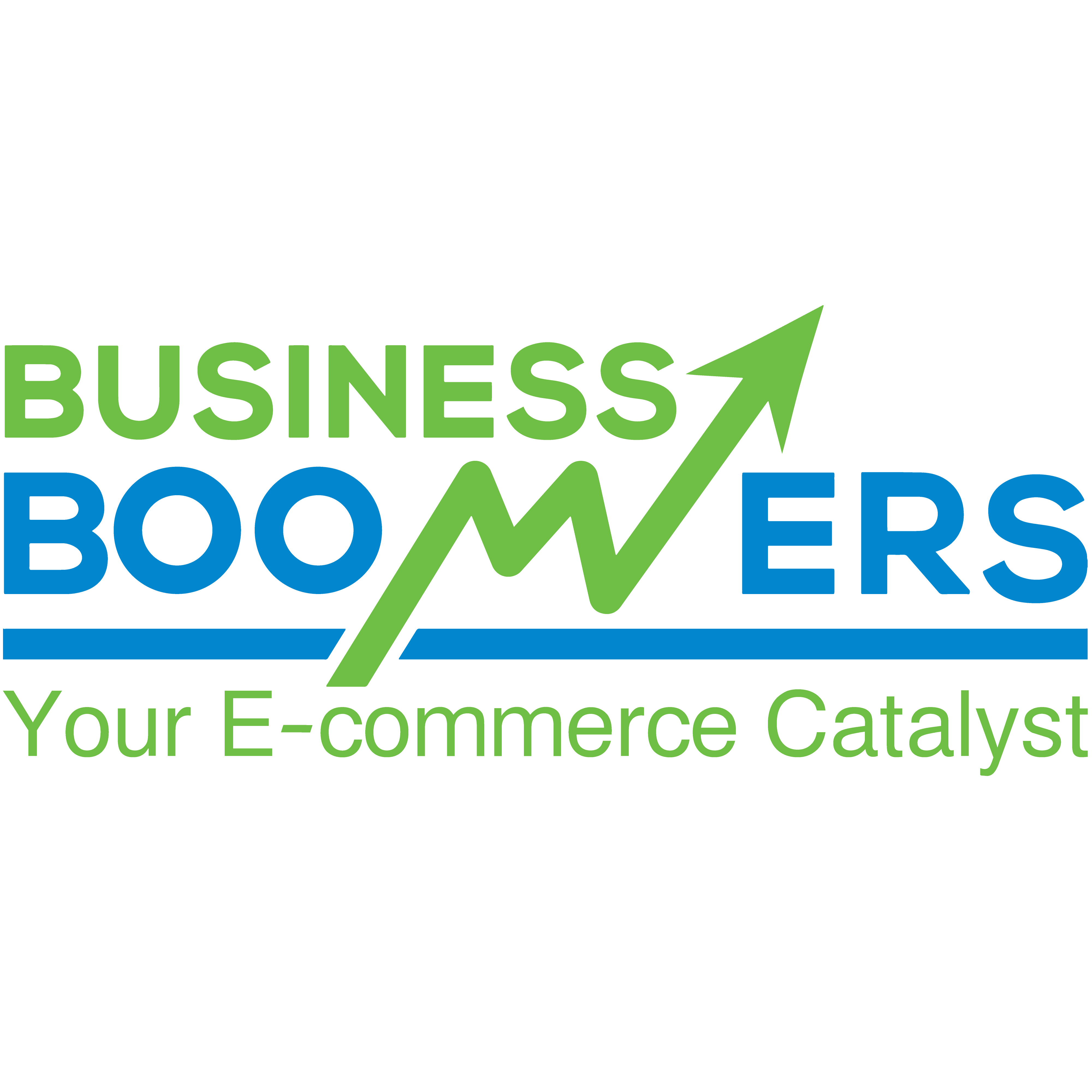
You can also track non-human resources, such as equipment, suppliers and more. Then we added the fixed manufacturing overhead for each month to obtain the total manufacturing overhead values. Finally, we deducted the monthly depreciation value from the capital assets and organizational resources to find the actual cash paid for manufacturing overhead. With semi-variable overhead costs, there will always be a bill (a fixed expense), but the amount will vary (a variable expense). The differences between the actual overhead and the estimated predetermined overhead are set and adjusted at every year-end. The predetermined overhead rate calculation shown in the example above is known as the single predetermined overhead rate or plant-wide overhead rate.

What Are Manufacturing Overhead Costs?

If a job in work in process has recorded actual machine hours of 140 for the accounting period then the predetermined overhead applied to the job is calculated as follows. The estimated manufacturing overhead cost applied to the job during the accounting period will be 1,494. The concept is much easier to predetermined manufacturing overhead rate formula understand with an example of predetermined overhead rate. For instance, imagine that your company has a new job coming up, and you need to calculate predetermined overhead rate for an estimate of manufacturing costs. A Predetermined Overhead rate shall be used to calculate an estimate on the projects that are yet to commence for overhead costs. It would involve calculating a known cost (like Labor cost) and then applying an overhead rate (which was predetermined) to this to project an unknown cost (which is the overhead amount).

Fixed Manufacturing Overhead (FMOH)
This allocation process depends on the use of a cost driver, which drives the production activity’s cost. Examples can include labor hours incurred, labor costs paid, amounts of materials used in production, units produced, or any other activity that has a cause-and-effect relationship with incurred costs. Suppose that X limited produces a product X and uses labor hours to assign the manufacturing overhead cost. The estimated manufacturing overhead was $155,000, and the estimated labor hours involved were 1,200 hours. The common allocation bases are direct labor hours, direct labor cost, machine hours, and direct materials.
Predetermined Overhead Rate

Companies discover these indirect labor costs by identifying and assigning costs to overhead activities and assigning those costs to the product. That means tracking the time spent on https://www.instagram.com/bookstime_inc those employees working, but not directly involved in manufacturing. Manufacturing overheads are indirect costs which cannot be directly attributed to individual product units and for this reason need to be applied to the cost of a product using a predetermined overhead rate. The period selected tends to be one year, and you can use direct labor costs, hours, machine hours or prime cost as the allocation base.
- For example, the recipe for shea butter has easily identifiable quantities of shea nuts and other ingredients.
- This is why a predetermined overhead rate is computed to allocate the overhead costs to the production output in order to determine a cost for a product.
- If you only take direct costs into account and do not factor in overhead, you’re more likely to underprice your products and decrease your profit margin overall.
- Finally, we deducted the monthly depreciation value from the capital assets and organizational resources to find the actual cash paid for manufacturing overhead.
- Also, if the rates determined are nowhere close to being accurate, the decisions based on those rates will be inaccurate, too.
- The use of such a rate enables an enterprise to determine the approximate total cost of each job when completed.
- Then, they’ll need to estimate the amount of activity or work that will be performed in that same time period.
This allocation can come in the form of the traditional overhead allocation method or activity-based costing.. These overhead costs involve the manufacturing of a product such as facility utilities, facility maintenance, equipment, supplies, and labor costs. Whereas, the activity base used for the predetermined overhead rate calculation is usually machine hours, direct labor hours, or direct labor costs.
- Big businesses may actually use different predetermined overhead rates in different production departments, as these may vary significantly.
- Based on the above information, we must calculate the predetermined overhead rate for both companies to determine which company has more chance of winning the auction.
- If the actual overhead at the end of the accounting period is 1,575 the overhead is said to be under applied by 125 (1,450 – 1,575).
- In other words, using the POHR formula gives a clearer picture of the profitability of a business and allows businesses to make more informed decisions when pricing their products or services.
- Whereas, the activity base used for the predetermined overhead rate calculation is usually machine hours, direct labor hours, or direct labor costs.
- Direct machine hours make sense for a facility with a well-automated manufacturing process, while direct labor hours are an ideal allocation base for heavily-staffed operations.
Overhead Rate Formula and Calculation

ProjectManager is award-winning work and project management software that connects teams with collaboration tools and a single source of truth. With features for task and resource management, workload and timesheets, our flexible software can meet the needs of myriad industries. Join the teams at Seimens, Nestle and and NASA that have already succeeded with our tool. Our timesheet feature is a secure way to track the cost and the time your team is putting into completing their tasks. You can even set reminders for timesheets to make sure that everything runs smoothly. As mentioned above, you can track costs on the real-time dashboard and real-time portfolio https://www.bookstime.com/ dashboard, but you can also pull cost and budget data in downloadable reports with a keystroke.
